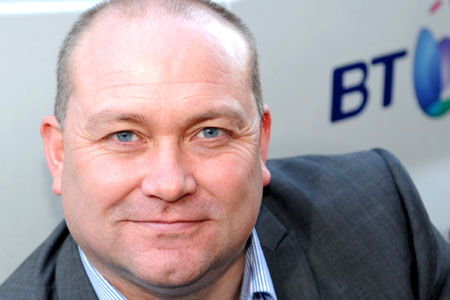As an organisation, BT Fleet is something of an enigma.
It operates the second biggest fleet of company cars and vans in the country, but to the outsider the lines between its internal business and external clients can appear blurred.
Under the BT Fleet brand is both a fleet management division and the operation managing telecommunications giant BT’s own vehicles.
But while the fleet management activities are well documented, not least in the pages of Fleet News, the role and importance of the 32,000 company fleet can go unnoticed.
Developing new products
Not only is the fleet of vital importance to the development, upkeep and maintenance of the country’s communications network, it also plays a key role in developing new products and services that can then be cascaded out to other fleets.
Webb has managed the in-house fleet since 2002. From the start he had a dual role, with additional responsibility for taking new products and services to market.
Today, his foremost priority remains running the BT Fleet but he combines the fleet manager’s role with developing new systems and project managing new client acquisitions, ensuring smooth transition for companies such as Network Rail, a recent contract win.
Webb’s relationship with the BT parent company has changed in the past three years. “They have become more demanding of us,” he says.
“We are less of an internal services provider; there’s no difference if we weren’t owned by BT because it’s now a commercially and services-led relationship.”
His fleet team totals 20 central staff, with responsibility for ordering to remarketing “and everything in between”.
It includes engineers who design commercial vehicles and provide in-life technical support.
Vans make up the majority of the fleet, accounting for 24,400 vehicles.
Funding switched from leasing
The company also has 6,000 cars – 30% of which are job-need – and 1,600 LGVs.
Vans and LGVs are bought outright and then put on a finance lease with the banks. BT Fleet switched from leasing eight years ago because the cost of funds changed and its wholesale rate was better than the market’s.
That’s just the start of its investment: BT Fleet spends another £2,000-3,000 kitting out each van with racking. It has recently started to recycle racking for a second-life, although Webb has reservations about making this standard policy.
“The technology moves on so much in areas such as reducing weight,” he says.
“New racking technology has taken out around 80kg of weight on a standard van in the last seven years – that’s equivalent to a person. In addition to saving fuel and reducing CO2, less weight means more payload and better utilisation of space.”
















Login to comment
Comments
No comments have been made yet.